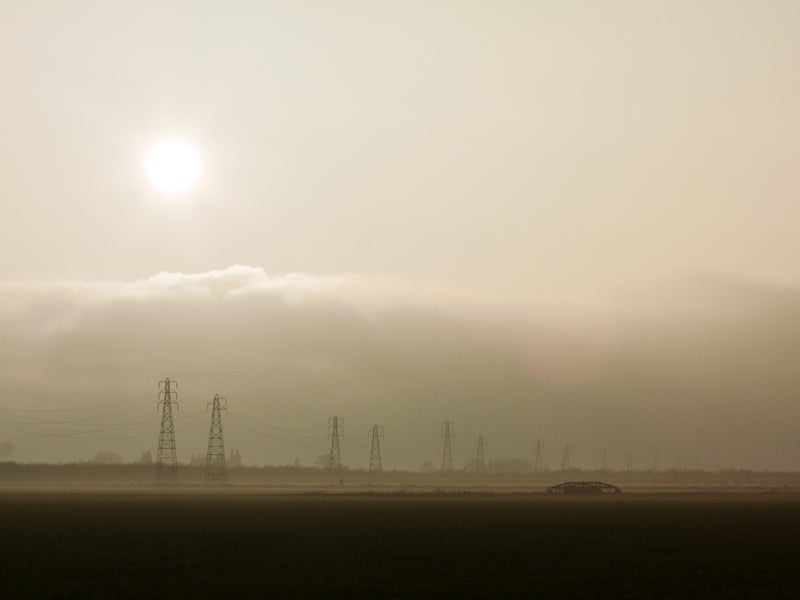Officials in California’s San Joaquin Valley Fail to Protect Kids from Air Pollution
The South Coast air district used updated risk data to better protect children from toxic air pollutants, while the San Joaquin Valley air district used that same data to double the acceptable cancer risk threshold for industry.

This page was published 10 years ago. Find the latest on Earthjustice’s work.
Should children in Los Angeles be better protected from toxic air pollutants like arsenic and lead than kids in Fresno? Common sense says no, but recent actions at the South Coast and San Joaquin Valley air districts say just the opposite.
In February, California’s Office of Environmental Health Hazard Assessment (OEHHA) released its updated risk assessment guidance manual for the Air Toxics Hot Spots Program. Under the earlier version of the manual, both the South Coast and San Joaquin Valley air districts considered a new or modified facility, such as a manufacturing plant or an oil refinery, to pose a significant risk of cancer when an individual’s risk of contracting cancer caused by pollution from the facility equaled or exceeded 10 in one million.
In the new guidance, OEHHA updated breathing rates and exposure by age group to more effectively protect children’s health. Those changes resulted in a roughly threefold increase in the estimated cancer risk posed by all facilities that emit toxic air pollutants. The changes are great news for children, who will be better protected from toxic, cancer-causing contaminants.
A facility with a cancer risk of nine in one million under the outdated guidance, for example, is now understood to pose a cancer risk of roughly 27 in one million, which far exceeds the acceptable level of risk. A new or modified facility posing that level of risk would no longer meet permitting requirements in the San Joaquin Valley and South Coast air districts. Industry representatives asked both districts to raise the risk threshold so they wouldn’t have to reduce public health dangers by limiting toxic emissions.
Last week, the South Coast air district instead decided to protect public health and maintain the existing 10 in one million cancer risk threshold as it adopted the revised guidance. New and modified facilities in the South Coast air basin will have to reduce emissions so they pose a less-than-significant cancer risk to the public. As a result, residents of the South Coast will enjoy ever cleaner air as time goes on.
Unfortunately, San Joaquin Valley residents will not receive those same protections. At the end of May, the San Joaquin Valley air district finalized its updated risk management policy based on the new manual. While the district will continue to require all facilities that pose a 10 in one million or greater cancer risk to notify the public, it won’t deny permits for new or modified facilities until they pose a 20 in one million or greater cancer risk. So, a facility with toxic emissions that pose a 12 in one million cancer risk would not be able to get a permit in the South Coast, but would be well under the threshold for the San Joaquin Valley.
The San Joaquin Valley air district opted to raise the risk threshold because, according to the district, that level will “always provide some improved health protections of children and the general public compared to the current policy and risk estimation methods.” The district is, in effect, denying its citizens full protection from toxic air contaminants by claiming that “some” protections are enough.
The San Joaquin Valley air district recently funded research to demonstrate that up to 10% of the air pollution in the San Joaquin Valley may come from Asia and that the air district should not be penalized for foreign pollution. One would have hoped that when faced with a homegrown air challenge like emissions of toxic pollutants from local facilities the air district would have risen to the challenge and protected the residents it was created to serve.
The California Regional Office fights for the rights of all to a healthy environment regardless of where in the state they live; we fight to protect the magnificent natural spaces and wildlife found in California; and we fight to transition California to a zero-emissions future where cars, trucks, buildings, and power plants run on clean energy, not fossil fuels.